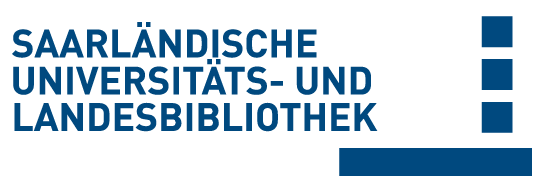Please use this identifier to cite or link to this item:
doi:10.22028/D291-45405 | Title: | Effects of Vitamin D on tumor cell proliferation and migration, tumor initiation and anti-tumor immune response in head and neck squamous cell carcinomas |
| Author(s): | Brust, Lukas A. Linxweiler, Maximilian Schnatmann, Jana Kühn, Jan-Philipp Knebel, Moritz Braun, Felix L. Wemmert, Silke Menger, Michael D. Schick, Bernhard Holick, Michael F. Kuo, Fengshen Morris, Luc G. T. Körner, Sandrina |
| Language: | English |
| Title: | Biomedicine & Pharmacotherapy |
| Volume: | 180 |
| Publisher/Platform: | Elsevier |
| Year of Publication: | 2024 |
| Free key words: | HNSCC Vitamin D TME RNA-sequencing |
| DDC notations: | 610 Medicine and health |
| Publikation type: | Journal Article |
| Abstract: | Background: Head and neck squamous cell carcinomas (HNSCCs) are among the six most common cancers, with a constantly poor prognosis. Vitamin D has been found to have antineoplastic and immunomodulatory properties in various cancers. This study investigated the impact of Vitamin D on the initiation and progression as well as antitumor immune response in HNSCCs, both in vitro and in vivo. Methods: An immunocompetent, orthotopic oral carcinogenesis mouse model was used to examine the influence of Vitamin D3 substitution on HNSCC initiation and progression in vivo. Tumor immune infiltration was analyzed by immunohistochemistry targeting CD3, CD8, NKR-P1C, FOXP3, and CD163. Two HPV- and two HPV+ HNSCC cell lines were treated with 1,25-dihydroxyvitamin D3 to analyze effects on tumor cell proliferation, migration and transcriptomic changes using RNA-sequencing, differential gene expression and gene set enrichment analysis. Results: Vitamin D3 treatment led to a significant suppression of HNSCC initiation and progression, while also stimulating tumor immune infiltration with CD3+, CD8+ and NKR-P1C+ cells and lowering levels of M2 macrophages and Treg cells in vivo. In vitro experiments showed an inhibition of HNSCC cell proliferation and migration in HPV+ and HPV- cell lines. RNA-sequencing showed significant regulations in IL6 JAK STAT3, hypoxia signaling and immunomodulatory pathways upon Vitamin D3 treatment. Conclusion: The findings of our study highlight the promising potential of Vitamin D in the therapeutic repertoire for HNSCC patients given its immune modulating, anti-proliferative and anti-migratory properties. Clinical transferability of those in vitro and in vivo effects should be further validated in clinical trials. |
| DOI of the first publication: | 10.1016/j.biopha.2024.117497 |
| URL of the first publication: | https://doi.org/10.1016/j.biopha.2024.117497 |
| Link to this record: | urn:nbn:de:bsz:291--ds-454057 hdl:20.500.11880/40018 http://dx.doi.org/10.22028/D291-45405 |
| ISSN: | 1950-6007 |
| Date of registration: | 23-May-2025 |
| Description of the related object: | Supporting information |
| Related object: | https://ars.els-cdn.com/content/image/1-s2.0-S0753332224013830-mmc1.docx https://ars.els-cdn.com/content/image/1-s2.0-S0753332224013830-mmc2.docx |
| Faculty: | M - Medizinische Fakultät |
| Department: | M - Chirurgie M - Hals-Nasen-Ohrenheilkunde |
| Professorship: | M - Prof. Dr. Michael D. Menger M - Prof. Dr. Bernhard Schick |
| Collections: | SciDok - Der Wissenschaftsserver der Universität des Saarlandes |
Files for this record:
| File | Description | Size | Format | |
|---|---|---|---|---|
| 1-s2.0-S0753332224013830-main.pdf | 6,83 MB | Adobe PDF | View/Open |
This item is licensed under a Creative Commons License


